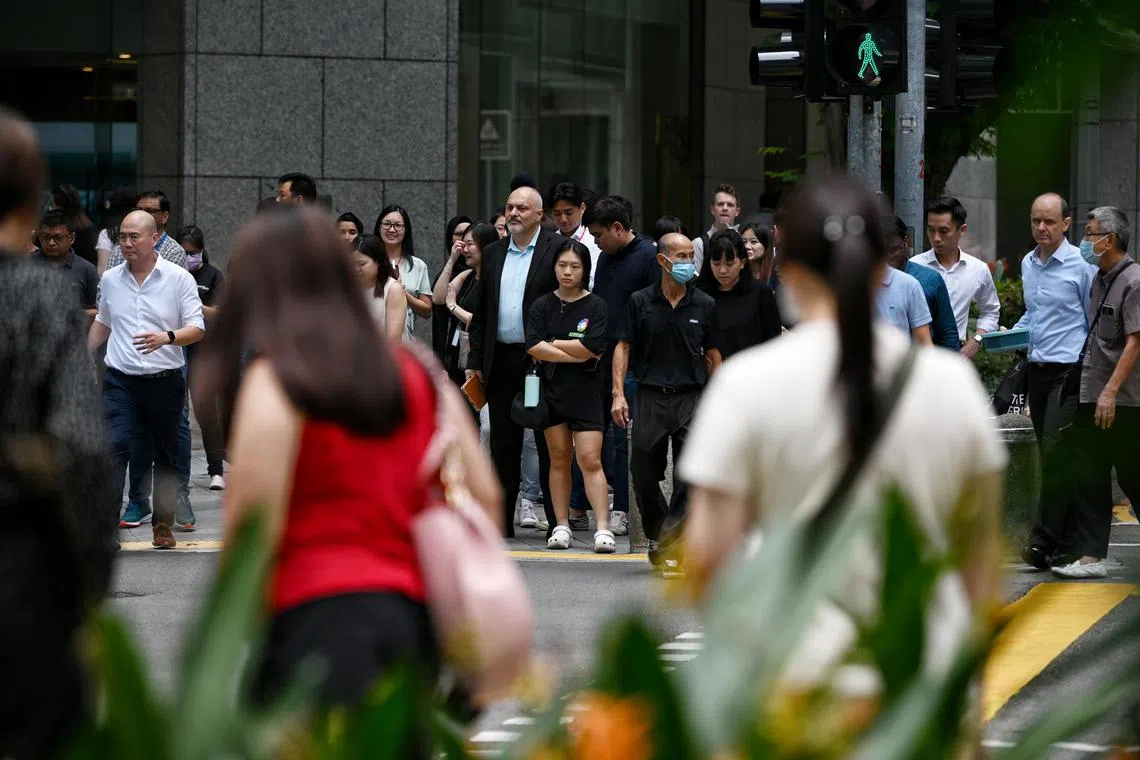For subscribers
3 groundless myths that get in the way of workforce inclusivity
Workers from disadvantaged groups generally find it hard to succeed in the workforce. Sadly, misconceptions about them are often to blame.
Sign up now: Get ST's newsletters delivered to your inbox

There have been major efforts to expand employment opportunities for disadvantaged groups. Part of this is fuelled by tight labour markets.
ST PHOTO: KUA CHEE SIONG
Kenneth Goh
Follow topic:
Singapore and other developed economies have ramped up efforts to enhance workforce inclusivity, spotlighting individuals who often face obstacles in securing and retaining employment due to their personal circumstances. This demographic includes single mothers, former offenders, individuals living with disabilities, and those tasked with extensive caregiving responsibilities. In other words, economically vulnerable groups.
Of late, there have been major efforts to expand employment opportunities for disadvantaged groups. Part of this is fuelled by tight labour markets. But there is also a mindset change as companies try to appeal to a younger, more socially conscious generation, and corporate leaders try to foster an equitable form of capitalism – one that is less exploitative and more generative.

